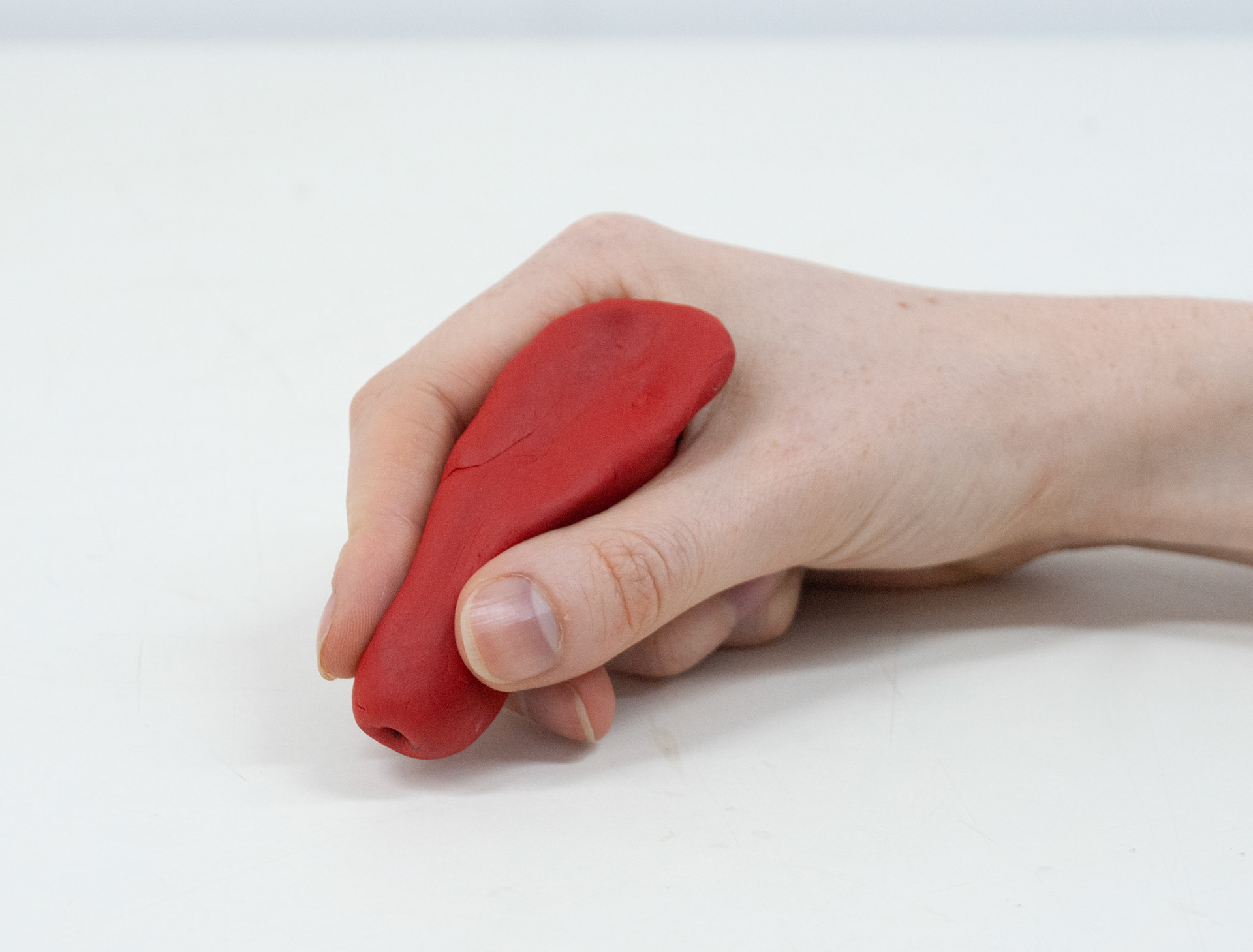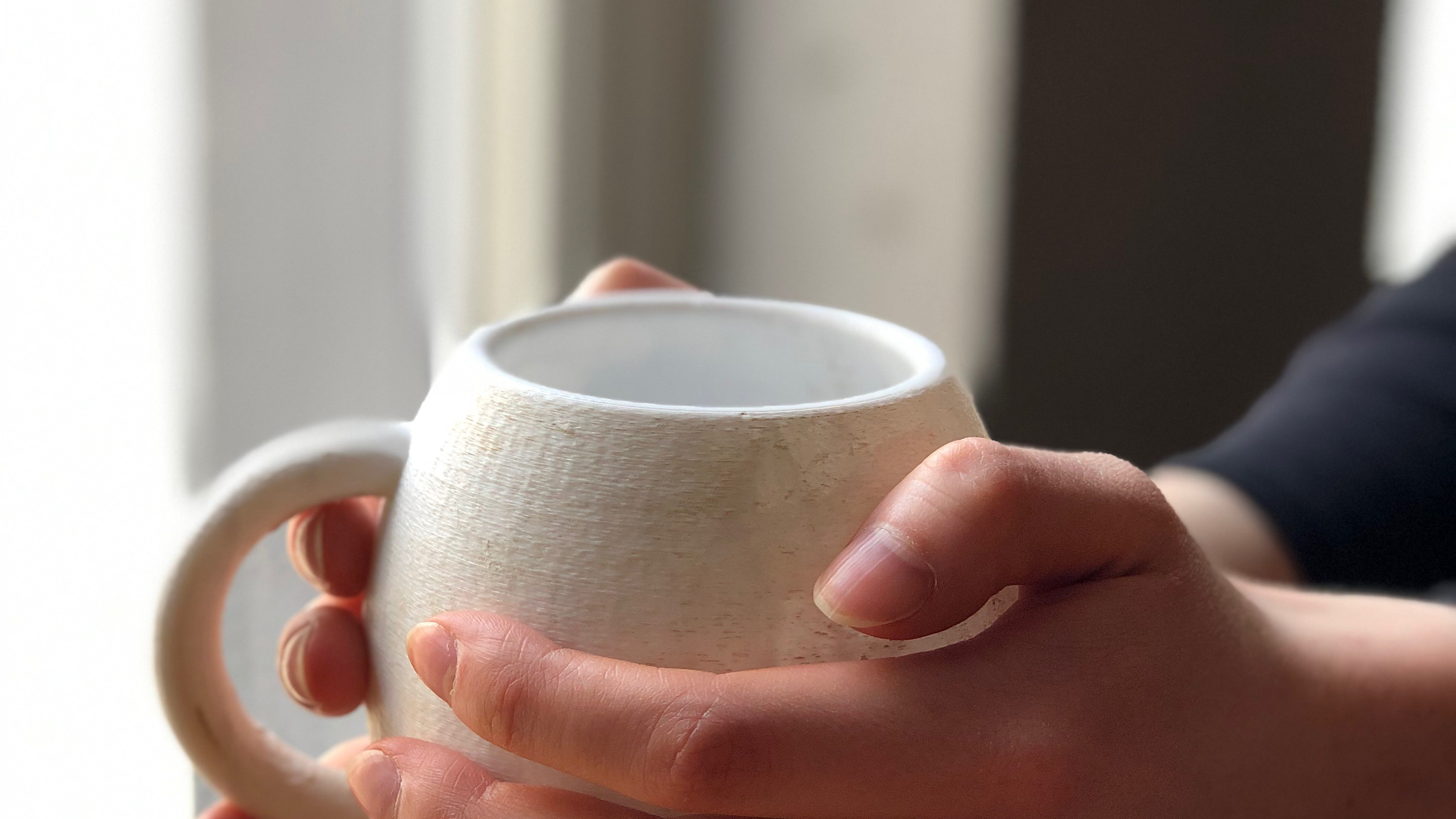BACKGROUND
In collaboration with a rehabilitation center in Marillia, Brazil, our team initiated a project to craft a life-enhancing product for a 65-year-old male with Parkinson’s disease. After user interviews, we found that writing was a big part of his life, but tremors made it challenging. Our goal was to create a high-quality solution, engaging with the user throughout. We conducted condition research, employed a Parkinson’s tremor simulator (used for prototype testing) and gained valuable feedback during and after project completion.
In short, we developed two writing tool concepts: an ergonomic version for a relaxed posture and enhanced control, and a weighted version with adjustable weight, improved grip, and familiar design.
GOAL:
Create a life-enhancing product for a man diagnosed with Parkinson’s, optimizing writing-related quality of life.
DURATION:
3 weeks, spring 2019
PARTNERS:
UNESP University, Marillia Rehabilitation Centre
DESIGNERS:
Oda L Benediktsson, Camilla Bartyzel, Peter Kozlowski
CONCEPT DEVELOPMENT : STABILITY



Drawing inspiration from ergonomic principles, our clay models were meticulously designed to mimic the natural hand and finger positioning used during writing. Our aim was to maintain a relaxed hand and finger posture, preventing slipping and minimizing the need for downward pressure. Key features of this concept included:
• Enhanced control and stability
• Ergonomic positioning
• Reduced reliance on downward pressure
• Reusability


Scanned render of the clay model ready for 3D-printing
CONCEPT DEVELOPMENT: WEIGHT


Our objective was to craft a weighted pen with simplicity and adjustable weight at its core. The pen case was engineered to be thicker and coated with a rubber material for an improved grip. This design allowed for the easy removal and replacement of a standard Bic pen, as well as the addition of more nuts for customized weight. This concept boasted the following benefits:
• Heightened control
• Familiar design and shape
• Enhanced grip
• Adjustable weight
• Reusability


FINAL PROTOTYPES
FURTHER DEVELOPMENTS
During our design process we encountered prototypes that might not have been visually appealing but were highly functional. Recognizing that stigma is a significant barrier for the elderly when it comes to embracing assistive technologies, we decided to create two distinct prototypes: one with a familiar, traditional shape and another with a more experimental design.
User feedback overwhelmingly favored the weighted model, with the user expressing increased comfort while using it. This outcome encouraged us to delve deeper into the synergy between ergonomic design and added weight as a potential final solution.









